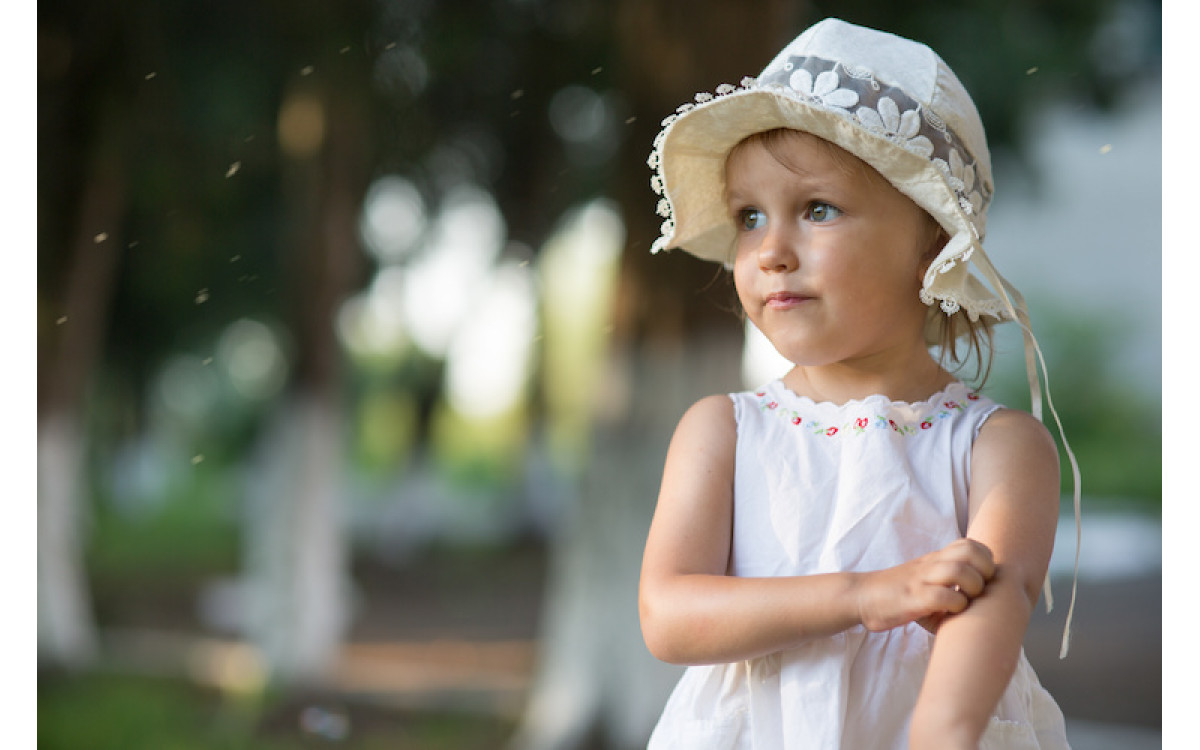It’s particularly difficult to control skin health in children during this time, because swimming, chlorine, sun and perspiration are all factors that go hand in hand with outdoor activities. Whether your child is playing games or taking part in sports, here are some of the skin problems they could experience, and ways you can minimize their risk for uncomfortable symptoms.
Heat Rash
This happens when the sweat glands of the skin get blocked and the moisture produced can’t reach the skin’s surface to evaporate. This causes inflammation to develop, which results in a rash that’s usually found on the child’s neck, elbows, armpits, thighs or other covered parts of the body. Common symptoms of heat rash include red spots on the skin, and a prickly or itchy sensation that is known as prickly heat.
How to prevent this:
- Dress children in clothes that keep them cool and dry.
- Use fans and air conditioning in the home to avoid long periods of overheating.
- Regularly rinse off areas that get wet with fluids such as sweat, urine or saliva (drool) with cool water to prevent bacterial buildup on the skin, and pat them dry.
- Keep the skin bare to enable as much dryness as possible. Leave affected areas open to the air without covering them with clothing or skin ointments.
Plant Rashes
Nature is not your friend when it inflicts some of the worst plant rashes on kids. Poison ivy, poison oak, sumac, wild parsnip and giant hogweed can all cause plant-triggered skin problems, particularly during the summer months. Some give off a sticky oil called urushiol, which many children have an allergic reaction to. Others contain chemicals that cause skin hypersensitivity to sun, resulting in a phytophotodermatitis rash.
How to prevent this:
- Teach children what the various harmful plants look like and where they are typically found. Show them ways to avoid them, and remove these plants from any areas your children go often. you find them.
- If children come into contact with any of these plants, wash all their clothes and shoes in soap and water. You should also wash any exposed skin for 10 minutes after contact, and make sure fingernails are kept short to avoid spreading a rash if they scratch.
- Apply soothing ointment such as calamine lotion to the affected area to reduce the irritation without causing an allergic reaction to drugs.
- Watch out for signs of infection such as fever, redness, and swelling beyond the areas where the skin came into contact with the plant.
Eczema
This is a condition that’s common in children during winter, causing areas of dry, rough red skin. It can also occur during summer months, however, triggered by air conditioning, overheating, sweating and chlorine. It’s also known as atopic dermatitis and it develops when a child is particularly sensitive to allergens in their environment.
How to prevent this:
- Keep your child’s skin well-moisturized with fragrance- and allergy-free products. Dry the skin after any water activities and then reapply moisturizer to ensure consistency.
- Dress children in clothing made from natural, breathable fabrics, that are washed in a detergent without irritants.
- Discourage scratching of the itch by keeping fingernails short.
- Test for allergies to determine what is causing your child’s particular brand of eczema, so you can treat it effectively.
Watch Dr. Garber’s short video for more tips on how to manage eczema.
Insect Bites and Stings
Insects come out in all their dubious glory during the summer months. Bees, wasps, hornets, mosquitoes, fire ants and the proverbial ticks are all ready and waiting to make their mark on your unwitting children. Many kids, however, are allergic to insect bites and can develop anaphylaxis. This is a constriction of the throat muscles that causes difficulty breathing and swallowing. In addition to a painful stinging sensation or itch, some of the diseases that can be spread by insect bites include Lyme Disease, Zika Virus, West Nile Virus and Rocky Mountain Spotted Fever.
How to prevent this:
- If you discover your child is allergic to any insect bites, be sure to carry an emergency anaphylaxis treatment kit with you at all times.
- Teach children to avoid areas where insects gather, such as pools of standing water and blooming, heavily-scented flowers.
- Avoid using scented soaps and shampoos that can attract insects.
- Cover up a baby skin rash with clothing or use products containing natural insect repellents. Wash it off with soap and water afterward.
- Treat the skin by removing ticks and stingers, clean the skin and apply a cold compress. Use ice or ointment to reduce the itching.
Just because beetles and flies are now becoming part of the agricultural food chain, it’s no reason to tolerate your children becoming targets for them.
Whether you’re dealing with a baby skin rash or simple insect bites, these tips for better skin health in children will reduce discomfort and the risk of secondary infection.
Try Dr. Garber’s Natural Solutions Skin Health product, which uses a combination of biotherapies made from naturally-sourced materials, and give your child relief from itchy skin today.






